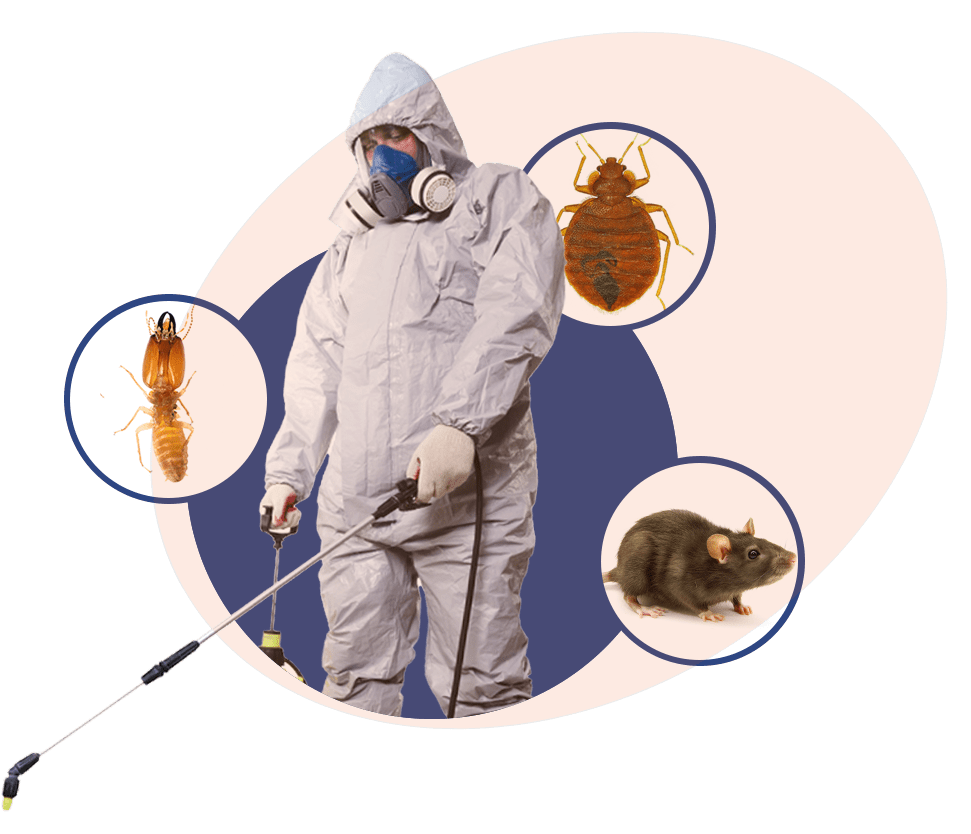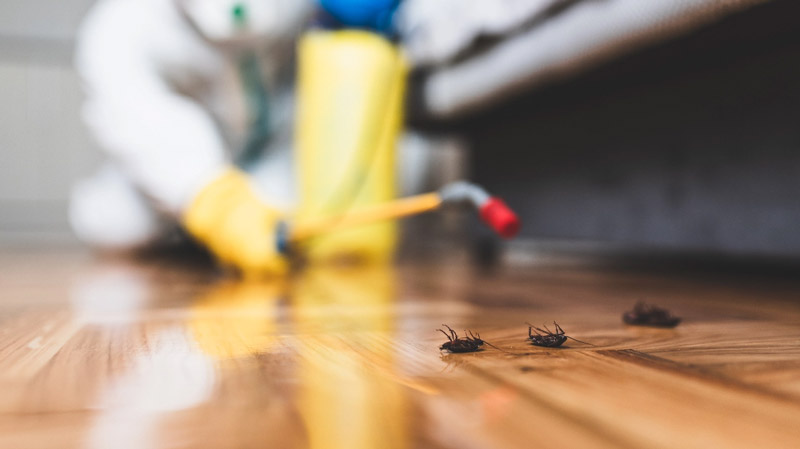Professional Pest Control to keep your home pest-free year-round.
Eco-Friendly Bug Control Approaches for Taking Care Of Wildlife in Urban Locations
Urban locations often locate themselves at the intersection of human task and wild animals, leading to special challenges in pest monitoring. These approaches not only secure the setting however additionally improve community engagement in wild animals management. As city populations continue to grow, recognizing the dynamics of wild animals interactions becomes significantly essential.
Recognizing Urban Wild Animals Dynamics
Recognizing Urban Wild animals Dynamics is necessary for establishing effective and eco-friendly parasite control techniques. Urban areas are progressively ending up being habitats for different wildlife types, driven by factors such as environment fragmentation, food schedule, and human advancement. Identifying these dynamics enables a nuanced technique to pest monitoring that straightens with environmental principles.
Urban wild animals typically consists of species such as raccoons, squirrels, and birds, which adapt to city settings, finding specific niches in environment-friendly spaces, parks, and even domestic areas. Their visibility can bring about conflicts with humans, especially when they make use of human sources for food and shelter. Recognizing the actions and environmental duties of these species informs methods that minimize unfavorable communications while advertising biodiversity.
Furthermore, acknowledging the interdependencies within metropolitan ecological communities assists in recognizing essential locations for environment conservation and reconstruction. This expertise adds to the growth of integrated bug management (IPM) strategies that take into consideration the ecological balance, thereby lowering dependence on harmful chemicals. By cultivating coexistence between humans and metropolitan wildlife, cities can create healthier environments that benefit both residents and regional communities, paving the method for sustainable metropolitan living.
Natural Repellents and Deterrents
Natural repellents and deterrents supply a lasting choice to standard pest control methods by utilizing the power of nature to maintain unwanted species at bay. These eco-friendly services generally make use of plant-based active ingredients, crucial oils, and various other naturally taking place materials that discourage insects without harming the atmosphere.
One reliable natural repellent is peppermint oil, which is known to drive away rats and bugs. Its solid aroma is undesirable to lots of pests, making it a prominent choice for metropolitan setups. Vinegar and citrus peels can offer as deterrents, as their solid odors are generally uninviting to different wildlife.
In addition, diatomaceous planet is a natural powder that can be spread out in areas vulnerable to pest task, successfully dehydrating and preventing pests without presenting risks to non-target species. Additionally, garlic sprays and neem oil are identified for their ability to push back a large variety of bugs, including both pests and larger wild animals.
Carrying out these all-natural repellents not just reduces dependence on chemical pesticides however additionally advertises a healthier urban environment, cultivating a more well balanced coexistence between humans and wildlife. By making use of these approaches, metropolitan locations can successfully take care of pest populations while decreasing ecological influence.
Environment Alteration Techniques
Efficient environment alteration techniques play a critical role in sustainable parasite management by altering the setting to make it much less helpful to pest problems. By recognizing the ecological dynamics of metropolitan locations, home proprietors can apply calculated modifications that deter insects while promoting biodiversity.
(Ant Control)One main technique entails preserving correct sanitation. This includes normal waste elimination, securing garbage can, and removing standing water to reduce breeding sites for bugs and rats. Additionally, landscape design methods such as choosing native plants can improve ecological equilibrium, supplying environments for beneficial organisms while lessening sources for parasites.
Another important strategy is to seal entry points in buildings. Evaluating and repairing splits in structures, wall surfaces, and home windows can substantially reduce pest accessibility. In addition, developing physical barriers, such as fences or plant buffers, can inhibit wild animals activity into human-inhabited areas.
Integrated Parasite Monitoring Practices
Building upon environment alteration methods, integrated bug administration (IPM) practices provide an all natural strategy to managing pest populaces while reducing ecological impact. IPM incorporates various strategies, consisting of biological, social, mechanical, and chemical controls, to achieve efficient parasite monitoring.
Biological control entails the introduction of natural killers or bloodsuckers to minimize insect populaces. Cultural techniques, such as crop turning and sanitation, interrupt pest life cycles and reduce their habitats - Pest Control. Mechanical controls, like traps and obstacles, provide prompt relief from parasite pressures without chemical intervention
Chemical controls are utilized as a last hope, focusing on targeted applications that restrict injury to non-target varieties and the environment. The choice of eco friendly pesticides, when essential, is essential to the IPM framework. In addition, monitoring insect populaces and evaluating prospective damages aids inform decision-making, making sure that treatments are prompt and reliable.
Community Involvement and Education

(Exclusion Pest Control)Workshops and informational sessions can gear up homeowners with understanding concerning indigenous species, habitat preservation, and reliable safe insect monitoring techniques. Partnership with institutions, neighborhood companies, and government agencies even more enhances academic outreach, making sure that necessary details reaches diverse audiences.
Additionally, community-led campaigns, such as neighborhood clean-up click for more info days and habitat restoration tasks, not only promote biodiversity but also reinforce community ties. Pest Control. By motivating citizens to share their experiences and observations, neighborhoods can establish targeted methods that address specific neighborhood parasite problems
Incorporating feedback from residents into insect administration plans enables a more receptive and flexible technique to wildlife difficulties. Ultimately, educated and engaged areas are crucial to attaining lasting success in green bug control, resulting in healthier city environments that appreciate both human and eco-friendly requirements.

Conclusion
In verdict, environment-friendly pest control comes close to offer lasting services for handling urban wildlife. By prioritizing environment adjustment, utilizing all-natural repellents, and carrying out incorporated pest administration practices, communities can promote an unified conjunction with regional fauna. Additionally, involving residents via education and learning enhances recognition and encourages accountable wildlife interactions. Ultimately, these methods not just safeguard biodiversity however also promote environmental health and wellness, ensuring urban locations continue to be vivid ecological communities where people and wild animals thrive together.